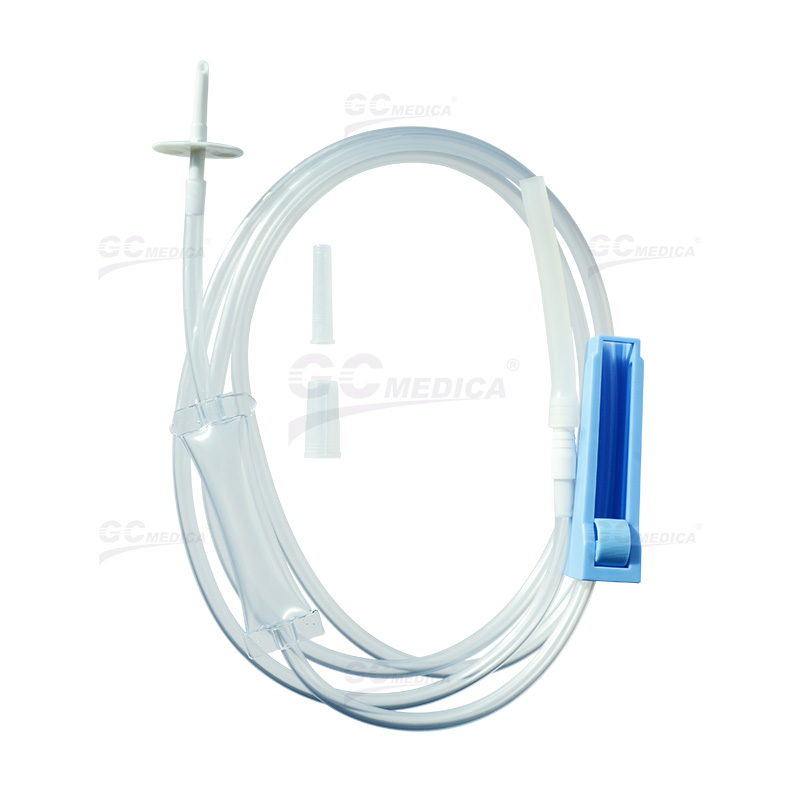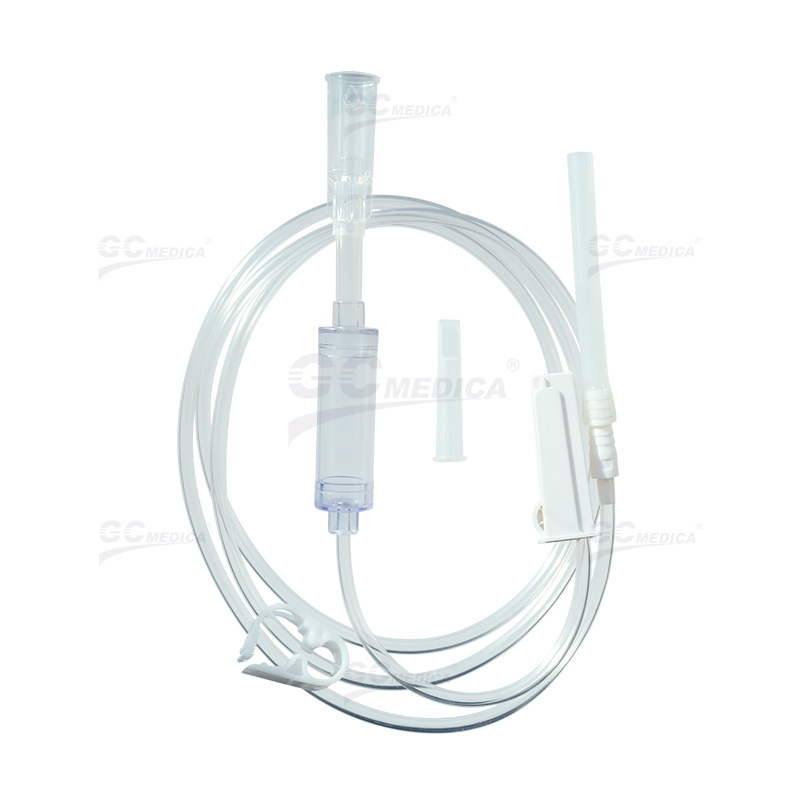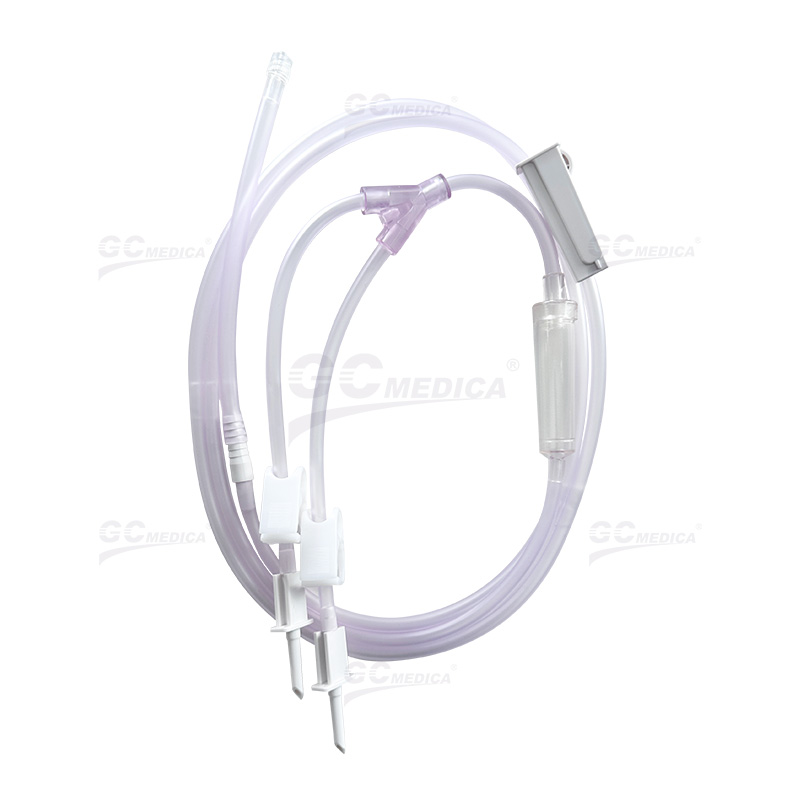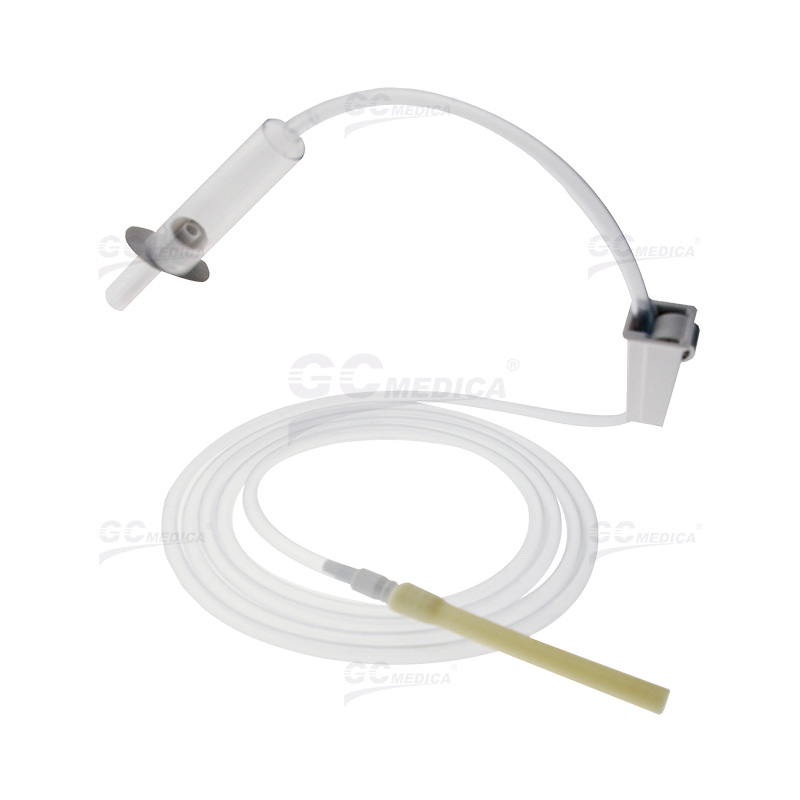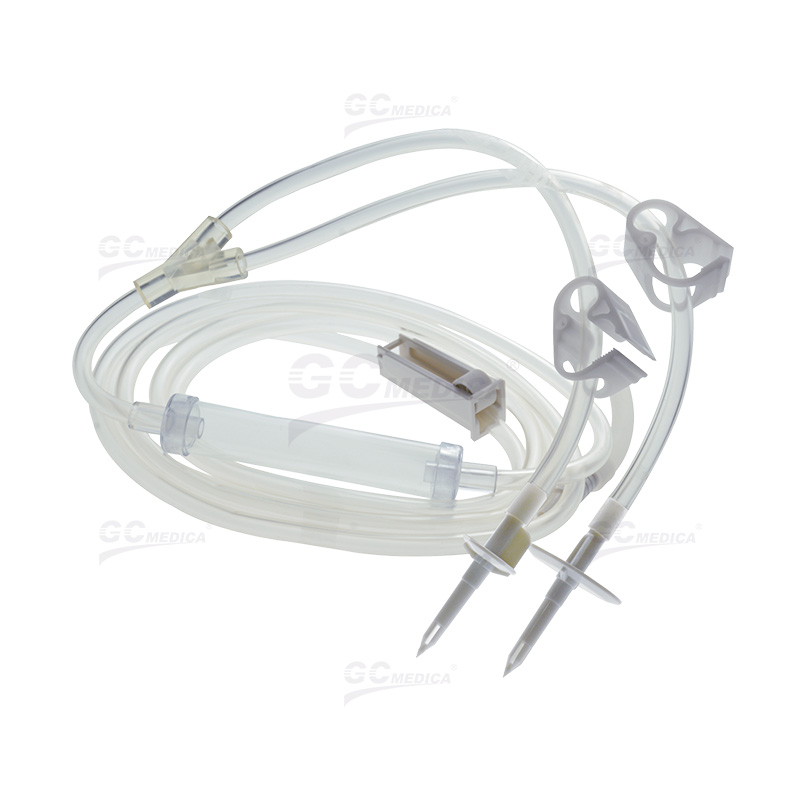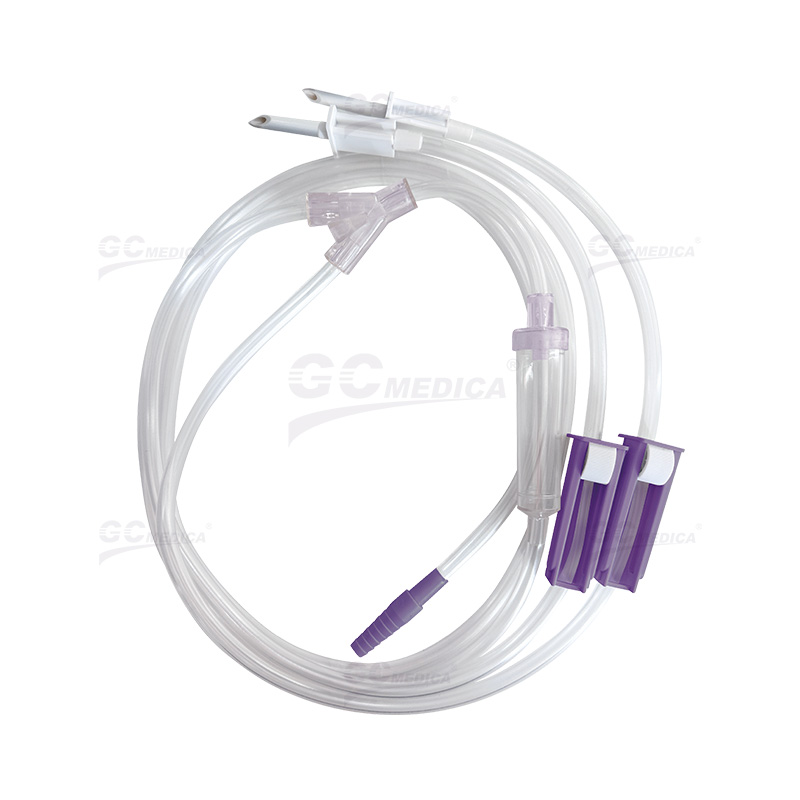Bladder irrigation is a common nursing procedure used to maintain catheter patency and prevent blockage due to clots or debris. This process involves the careful instillation and removal of an irrigating solution into the bladder through an indwelling catheter. In this article, we will detail the bladder irrigation nursing procedure, discuss its indications, outline the step-by-step process, and highlight important safety measures.
Introduction
Bladder irrigation is performed to ensure that the urinary catheter remains unobstructed and to prevent complications such as urinary retention or infection. This procedure is essential for patients who have undergone surgery, have a bleeding disorder, or are at risk of developing catheter-related complications. The goal is to maintain a clear urinary drainage system while promoting patient comfort and safety.
Indications for Bladder Irrigation
Prevention of Catheter Obstruction: Helps to clear blood clots, mucus, or debris that may block the catheter.
Postoperative Care: Commonly used after urological surgeries to prevent clot formation.
Management of Hematuria: Assists in clearing blood from the urinary tract in patients experiencing hematuria.
Infection Prevention: Reduces the risk of catheter-associated urinary tract infections (CAUTIs) by maintaining continuous drainage.
Step-by-Step Bladder Irrigation Procedure
Preparation:
Explain the procedure to the patient to ensure understanding and obtain consent.
Wash hands thoroughly and apply appropriate personal protective equipment (PPE).
Gather all necessary supplies, including a sterile irrigation kit, saline solution, sterile gloves, and a clean container for drainage.
Setting Up the Equipment:
Ensure the irrigation solution is at the correct temperature (usually room temperature) to prevent patient discomfort.
Connect the irrigation kit to the catheter using sterile techniques to avoid contamination.
Verify that the catheter is securely in place and that the drainage bag is positioned lower than the patient’s bladder.
Performing the Irrigation:
Slowly instill the irrigation solution into the bladder using a gentle, steady flow. Monitor the patient’s response throughout the procedure.
Allow the solution to dwell in the bladder for a brief period if prescribed, typically 2-5 minutes.
Gently withdraw the solution, ensuring that the flow is not forceful to avoid bladder spasms or discomfort.
Repeat the process if necessary until the fluid appears clear, indicating that the bladder is free from clots or debris.
Post-Procedure Care:
Once the irrigation is complete, disconnect the equipment using sterile technique.
Document the procedure, including the volume of solution used, patient tolerance, and any abnormalities observed.
Monitor the patient for any signs of discomfort, infection, or complications following the procedure.
Safety Measures and Precautions
Aseptic Technique: Strict adherence to sterile procedures is crucial to prevent infections.
Patient Monitoring: Continuously observe the patient for adverse reactions, such as pain or discomfort.
Proper Documentation: Record all aspects of the procedure to ensure continuity of care and to facilitate future treatments.
Communication: Maintain open communication with the patient throughout the procedure to provide reassurance and address any concerns immediately.
Conclusion
The bladder irrigation nursing procedure is an essential practice in maintaining catheter function and ensuring patient safety. By following a standardized, step-by-step approach and adhering to strict aseptic techniques, healthcare professionals can effectively manage catheter patency and reduce the risk of complications. This procedure not only promotes patient comfort but also plays a critical role in preventing infections and ensuring the overall effectiveness of urinary drainage systems.
Learn More About Bladder Irrigation
| |
| MAPLE Bladder Irrigation Kit | |
| PEONY Bladder Irrigation Kit | |
| SANDALWOOD Bladder Irrigation Kit | |
| FREESIA Bladder Irrigation Kit | |
| JASMINE Bladder Irrigation Kit | |
| DAFFODIL Bladder Irrigation Kit | |


 Français
Français Español
Español Products
Products
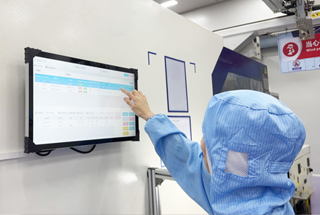
 About Us
About Us





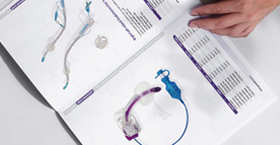

 GCMEDICA Bladder Irrigation Set Online Promotion
GCMEDICA Bladder Irrigation Set Online Promotion